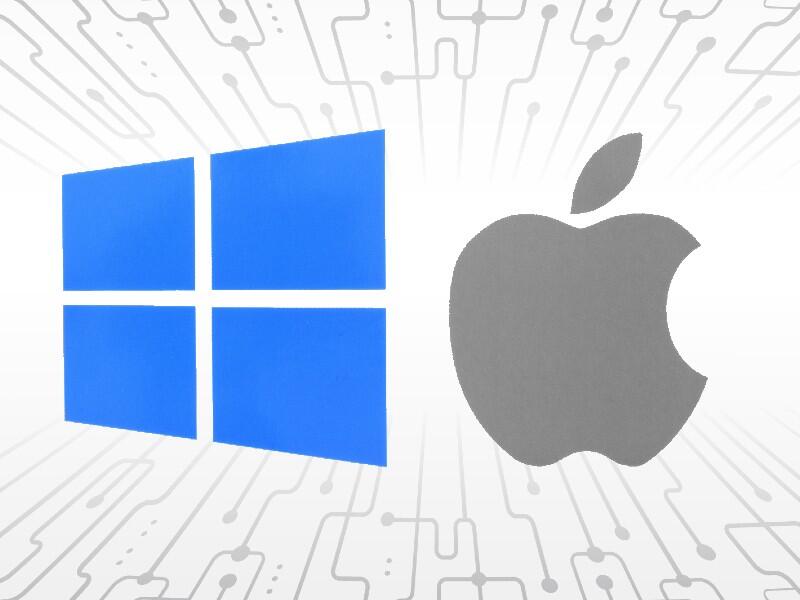Facial Recognition, AI Agents, and More: The Tech Stack Behind AI Proctoring
Ensure exam integrity with AI proctoring! Explore how facial recognition, AI agents, and automated proctoring are transforming digital assessments and preventing AI cheating.

Introduction
With the rise of digital assessments and remote learning, the need for secure and credible exam environments has never been more critical. AI proctoring has emerged as a game-changer in ensuring the integrity of online exams, helping organizations safeguard certifications against AI cheating and other fraudulent activities. As AI-powered proctoring solutions continue to evolve, technologies like facial recognition, AI agents, and behavioral analytics are playing a pivotal role in making digital assessments more secure. But what exactly goes into the tech stack behind AI proctoring? Let’s take a deep dive into the advanced systems powering these solutions.
The Core Technologies Powering AI Proctoring
Facial Recognition in AI Proctoring
Facial recognition technology is at the forefront of identity verification in AI proctoring. By scanning a test-taker’s facial features, these systems can confirm identities and prevent impersonation fraud. This eliminates the risk of candidates hiring proxies to take exams on their behalf. Advanced facial recognition systems use deep learning algorithms to analyze facial structures, ensuring accuracy even under varying lighting conditions.
However, concerns over privacy and ethical considerations persist. Institutions and organizations implementing AI proctoring must ensure transparency in how facial data is collected, stored, and processed. The balance between security and user privacy remains a key challenge in widespread adoption.
AI Agents and Their Role in Automated Proctoring
AI agents are revolutionizing exam monitoring by replacing human proctors with sophisticated automation. These agents use real-time data analysis to detect suspicious behaviors, such as looking away from the screen frequently or attempting to access unauthorized materials. The advantage of AI proctoring is that it eliminates human bias, ensuring consistent enforcement of exam rules.
Machine learning algorithms continuously refine these AI agents, allowing them to recognize new cheating patterns. As digital assessments become more advanced, AI proctoring will rely on increasingly sophisticated AI agents to maintain exam integrity.
Motion and Behavior Analysis for Cheating Detection
Beyond facial recognition and AI agents, AI proctoring solutions utilize motion tracking and behavioral analysis to identify cheating attempts. This involves detecting unnatural movements, such as sudden changes in posture, excessive eye movement, or attempts to communicate with external sources.
Deep learning models train these systems to differentiate between normal test-taking behavior and potentially suspicious activities. By analyzing thousands of exam sessions, AI-driven proctoring solutions continuously improve their accuracy, reducing false positives while ensuring effective cheating detection.
The Infrastructure Behind AI Proctoring
Cloud-Based Integration and Scalability
AI proctoring platforms rely heavily on cloud computing to provide scalability and seamless integration with existing educational and corporate systems. Cloud-based solutions allow institutions to administer exams on a global scale without requiring heavy infrastructure investments.
Additionally, integration with Learning Management Systems (LMS) ensures that AI proctoring solutions work effortlessly alongside existing digital learning platforms. This creates a cohesive ecosystem where assessments, course materials, and exam security operate in harmony.
Automated Proctoring and Edge Computing
Automated proctoring reduces the need for live human oversight, allowing AI-driven systems to handle exam monitoring efficiently. Edge computing further enhances automated proctoring by processing data closer to the test-taker’s location, reducing latency and ensuring real-time analysis.
For instance, if a test-taker attempts to use an unauthorized device during an exam, an AI agent can instantly flag the behavior without waiting for data transmission delays. This real-time response is crucial in high-stakes certifications where maintaining exam integrity is paramount.
Challenges and Ethical Considerations
Balancing Security and Privacy in AI Proctoring
While AI proctoring enhances exam security, it also raises concerns about privacy and data protection. Institutions must ensure that facial recognition data, behavioral analytics, and exam recordings are securely stored and not misused.
Transparency in how AI-driven decisions are made is also critical. Test-takers should have access to clear guidelines on how their data is used, along with options to challenge unfair AI-based decisions.
The Future of AI Proctoring Technologies
AI proctoring will continue to evolve as new security threats emerge. Future advancements may include biometric authentication beyond facial recognition, such as voice recognition and fingerprint scanning, to further enhance identity verification.
Additionally, AI proctoring solutions will likely incorporate adaptive learning technologies to personalize exam experiences while maintaining security. As AI becomes more sophisticated, its ability to detect increasingly complex cheating methods will define the next phase of digital assessments.
Conclusion
AI proctoring, powered by facial recognition, AI agents, and behavioral analysis, is revolutionizing the way digital assessments are secured. As technology continues to advance, online proctoring solutions will need to balance security with privacy considerations to maintain user trust. By leveraging cloud computing, automated proctoring, and AI-driven cheating detection, organizations can ensure that tech certifications remain credible and free from fraud.
The future of AI proctoring is not just about preventing AI cheating—it’s about creating a fair, secure, and scalable exam environment for everyone. As these technologies develop, they will play a crucial role in shaping the landscape of digital education and certification programs.
What's Your Reaction?















